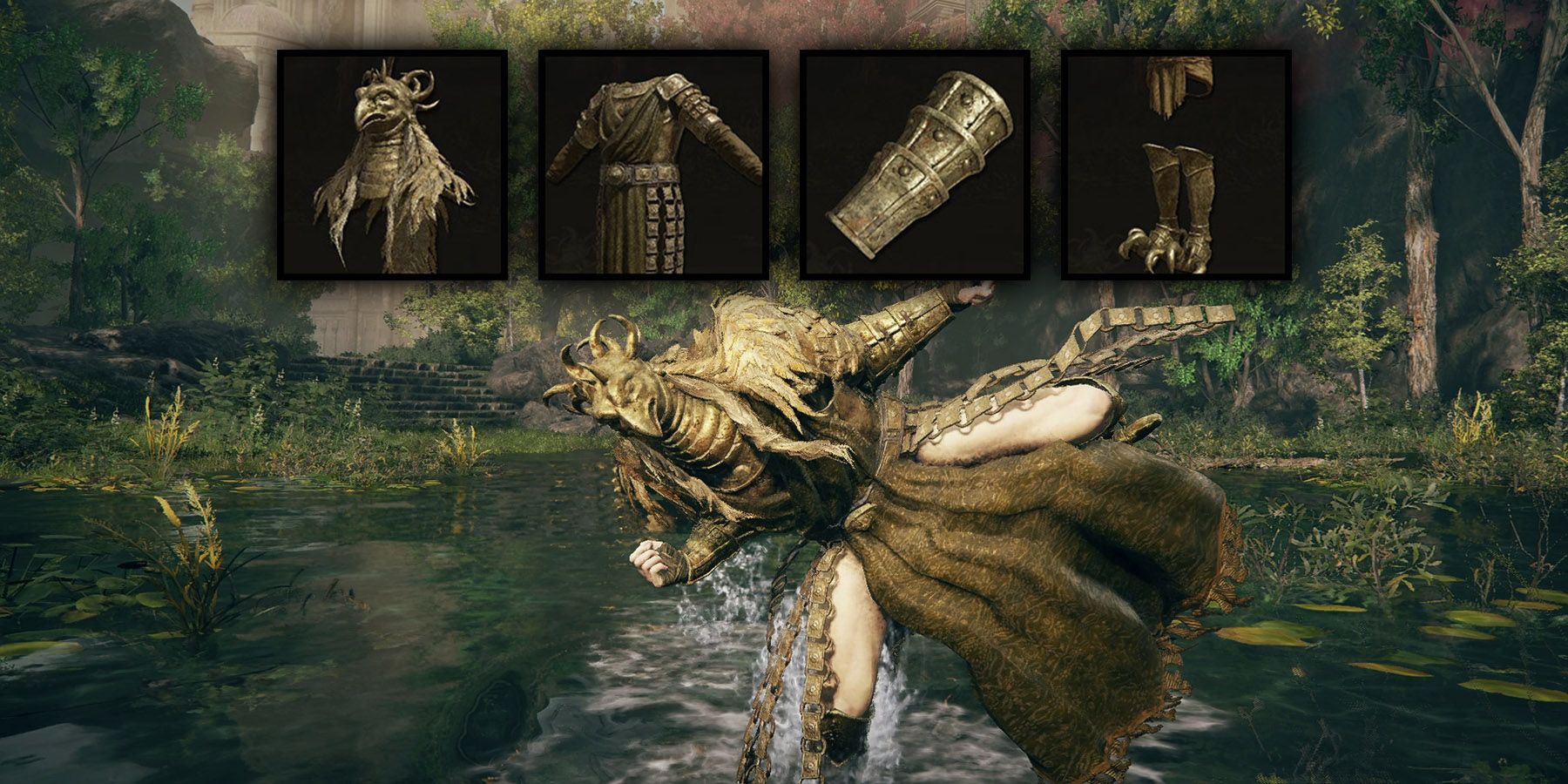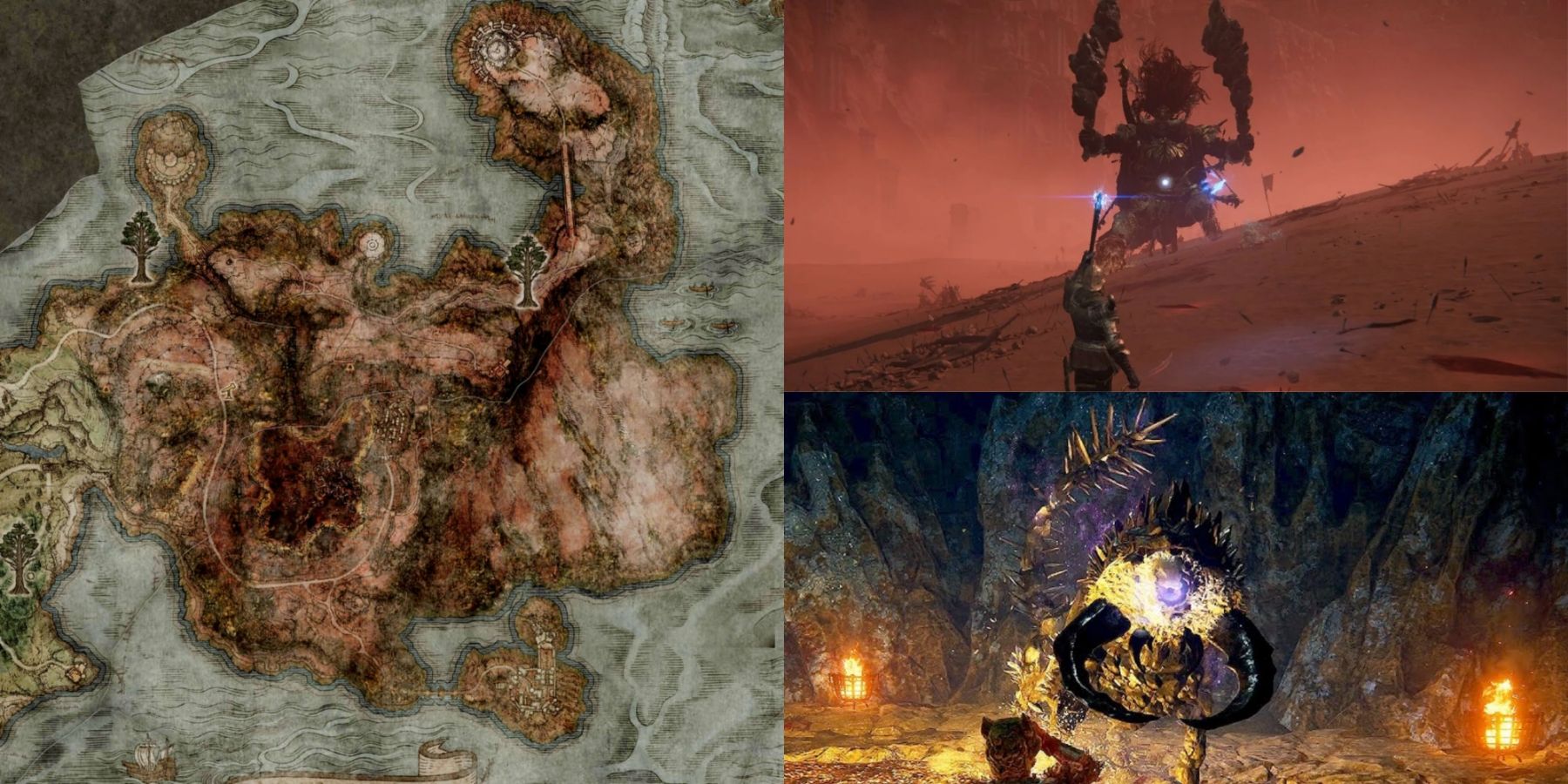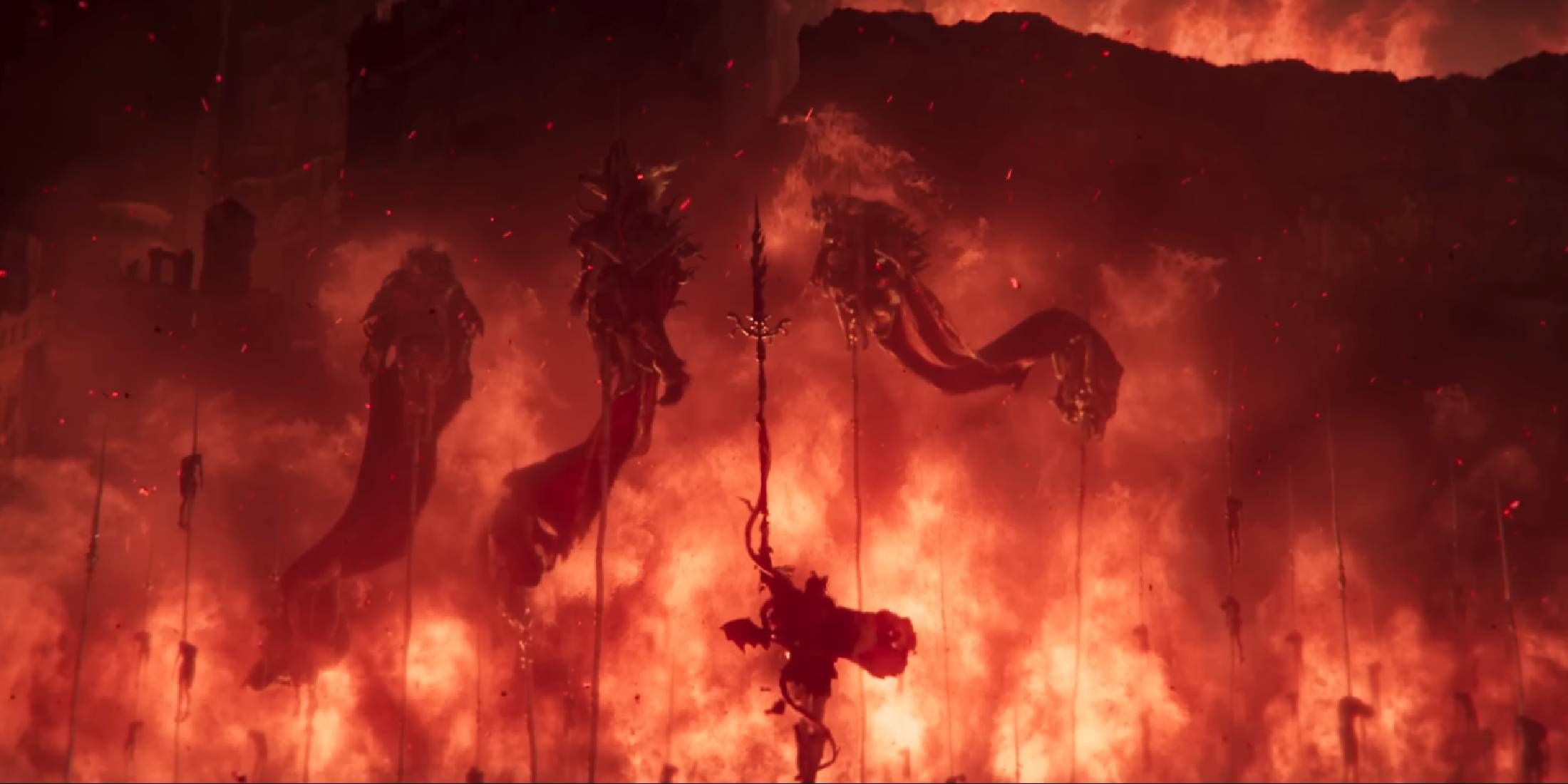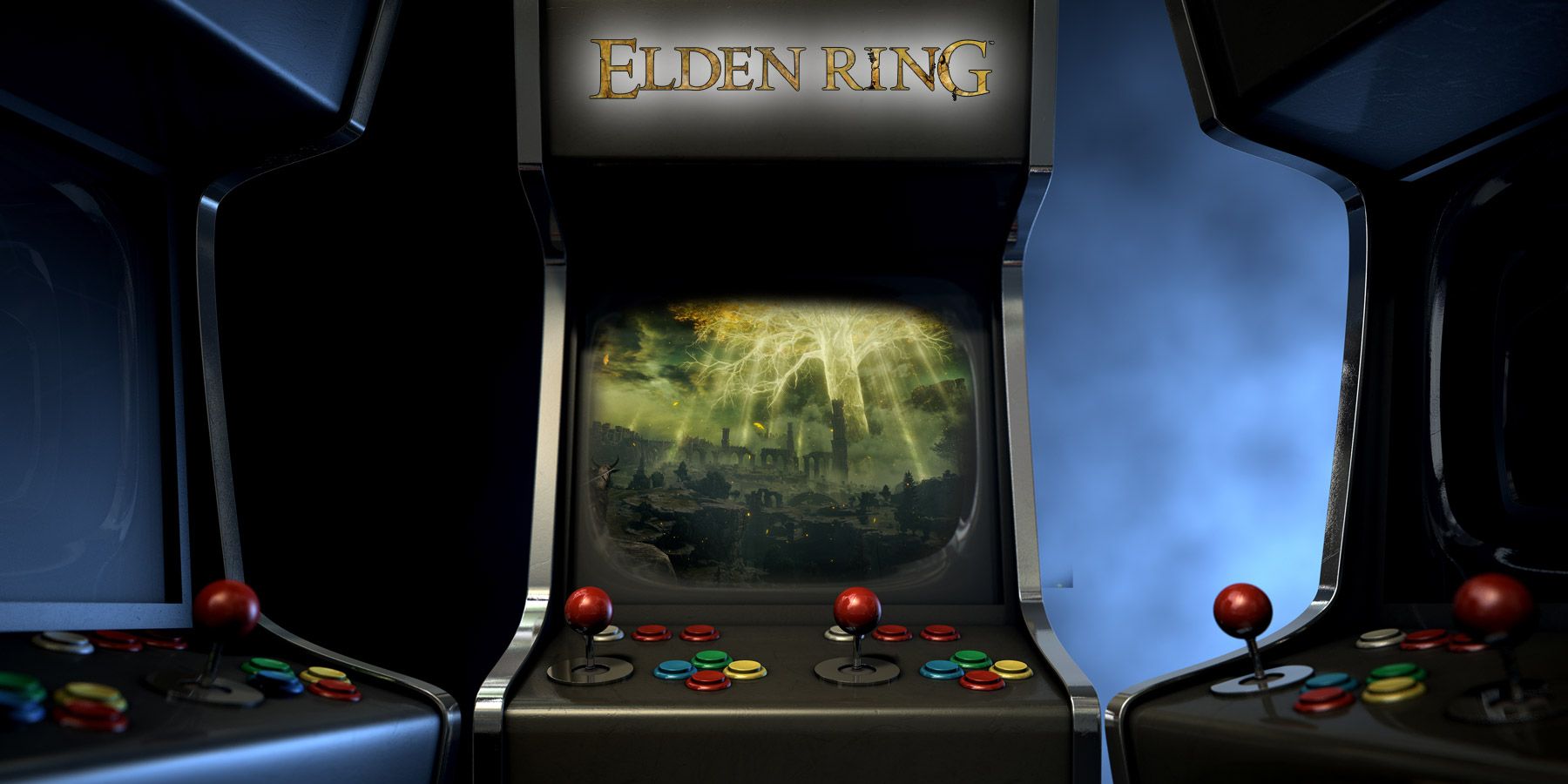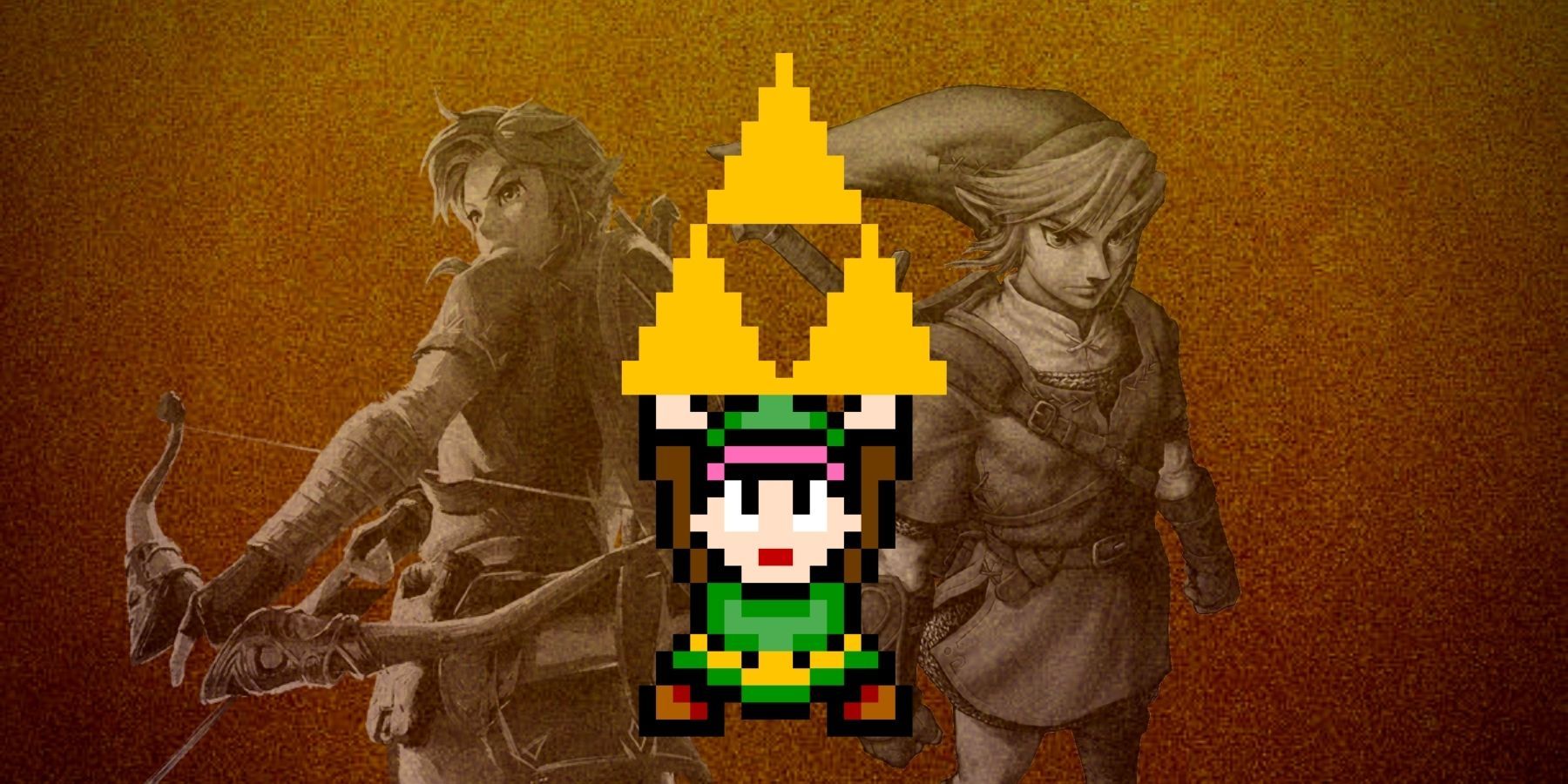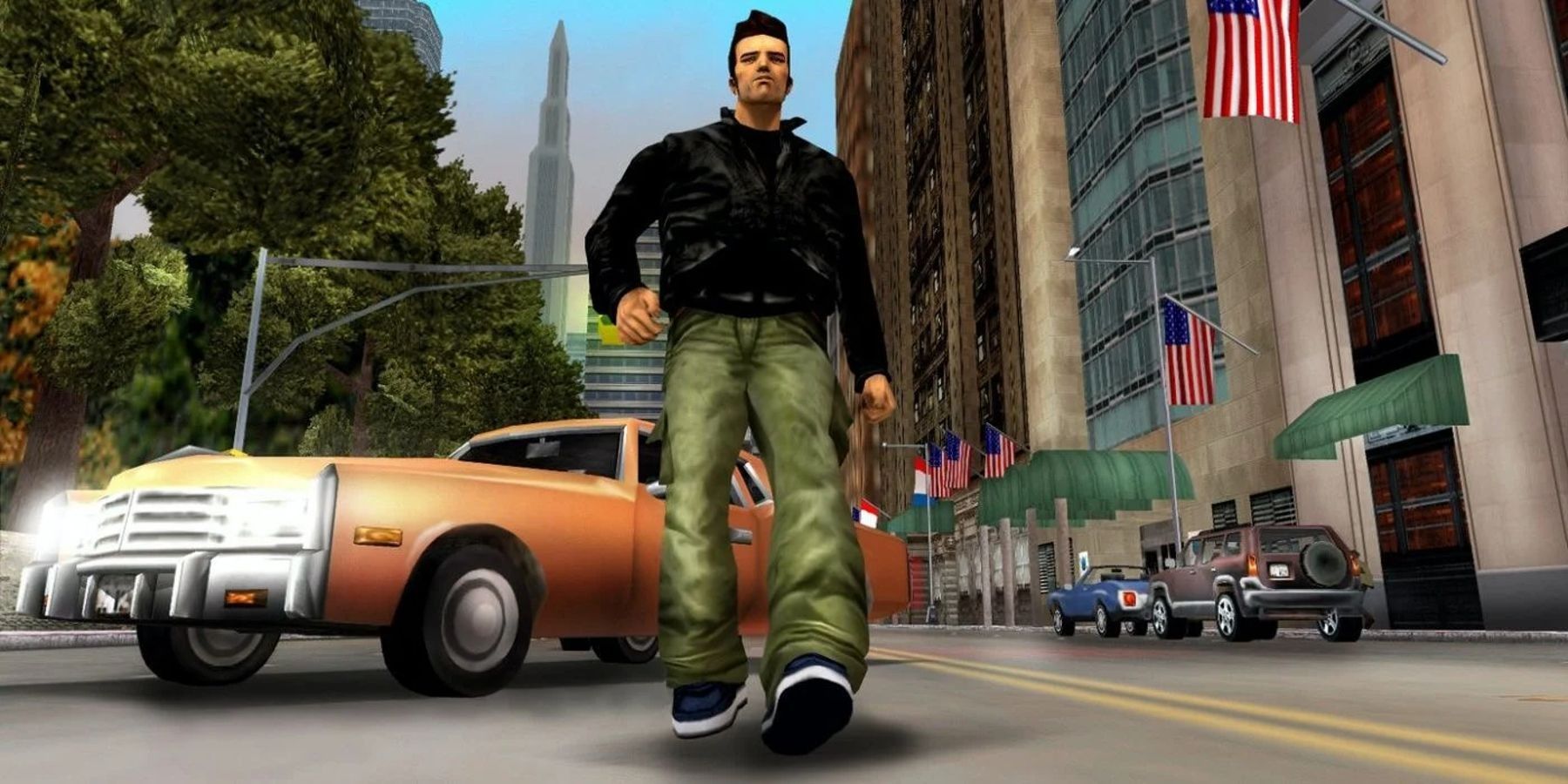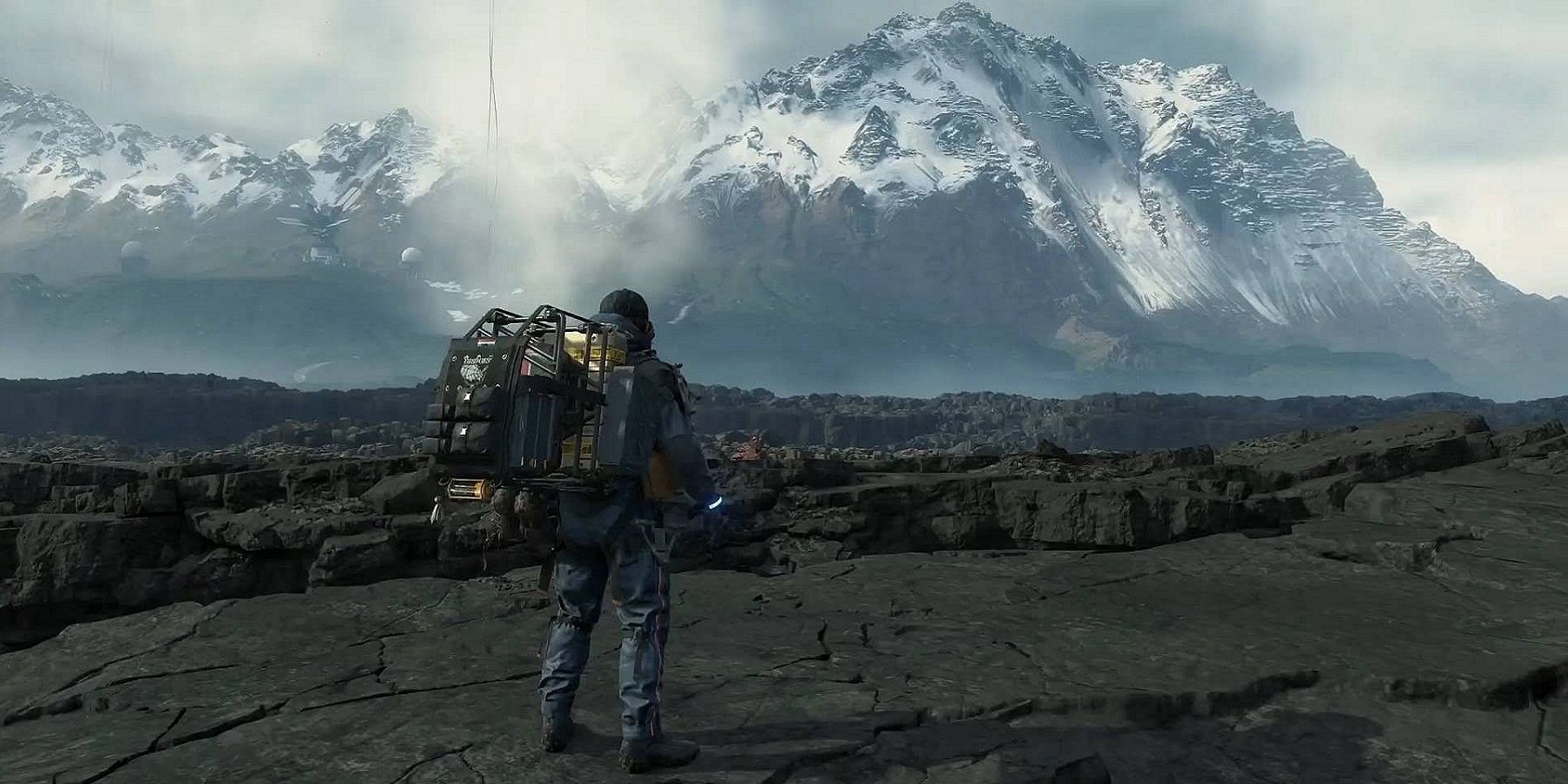Gamers have plenty of variety when choosing what kinds of games they wish to play, though open-world games are consistently among the most popular. Whether it be the rooftop-jumping action of Assassin's Creed or the stealth espionage of Metal Gear Solid 5, the open-world genre has become a permanent and beloved aspect of the gaming world. Despite how long the genre has been around, developers have been able to continually innovate, ensuring that gamers are always impressed by the latest titles.
Gamers can look forward to more stellar open-world games in 2022, including Saints Row and Hogwarts Legacy, and as they enjoy these titles, they should not forget the long and eventful history of the genre. From humble beginnings, open-world games built upon the foundations laid by their predecessors to bring far more realistic worlds for players to explore. Although some gamers may be fatigued by the open-world genre, it does not seem like it is going anywhere anytime soon.
The Origins of Open-World Gaming
There are a few candidates that get thrown around when it comes to determining what the first open-world game is, but many point to Jet Rocket as one of the earliest examples. Released in 1970 by Sega, Jet Rocket is an arcade game that allows players to fly freely and shoot at objects in the game world. In addition to being one of the first examples of an open-world game, it could also be seen as a precursor to the flight simulation genre. It went on to influence plenty of other important games, including Elite, a 1984 space game that features 3D graphics and open-ended, open-world gameplay. The open-world genre did not stay limited to flight games, however, and it was picked up by adventure and action-adventure games where it found great success.
The Legend of Zelda, released in 1986, is considered by some to be one of the first examples of an action-adventure game in the form gamers would recognize it today. The game spawned an iconic series that has continued to revolutionize the open-world genre decades later. There are other noteworthy titles released in the 1980s and 90s that served as important steps in the evolution of open-world gaming, including 1988's Wasteland and the 1986 racing game Turbo Esprit, though modern gamers would likely find the blocky graphics and dated gameplay grating.
The Beginning of Modern Open-World Games
The Grand Theft Auto series was created by David Jones and Mike Dailly, and the first two games in the series used a top-down perspective while allowing players to go on criminal rampages in an urban environment. Grand Theft Auto 3, released in 2001, had a monumental impact by featuring a fully 3D world and upping the level of freedom players can engage in. Though the game drew inspiration from prior open-world games, including The Legend of Zelda and Elite, it offered a level of realism that was, at the time, unmatched. The game also made waves due to its violence and controversial content, causing public debate regarding the effects and censoring of video games.
Several more Grand Theft Auto games would come after, but plenty of Grand Theft Auto clones desperate to recreate the franchise's success also appeared. Consequently, open-world games set in the city which allow players to steal cars, get in police chases, and roam freely when not completing missions are ubiquitous, and examples include Saints Row, True Crime, and Watch Dogs, to name a few. Although the genre has become flooded, it shows no signs of losing popularity. Open-world gaming has also found astronomic popularity through the sandbox subgenre, allowing players to mold the world they are presented to their liking. Examples include Roblox and the bestselling game in the world, Minecraft. The appeal of such games is easy to understand, as they allow players to unleash their creativity.
The New Age of Open-World Games
As time marches on, technology improves, allowing developers to continually improve the genre and push the boundaries of what is possible. This has been done by improving graphics, increasing the verticality of environments, enhancing the realism of the weather effects, and making use of smart design in conjunction with hardware to eliminate loading screens and allow seamless play, to name but a few examples. One of the most impressive improvements has come through the sheer sizes of the open-worlds players have been able to explore in recent games, in part thanks to procedural generation. Released in 2016, Hello Games' No Man's Sky lets players explore billions and billions of planets, and while some critics have claimed that exploration can get monotonous, the game has amassed itself a sizable fan base.
Open-world games continue to enjoy popularity, whether it be action-adventure games or racing games, and titles like Grand Theft Auto continue to be among the bestselling games each year. However, some gamers have complained of open-world fatigue due to monotonous open-world design. Typically, modern open-world games, especially those developed by Ubisoft, feature HUDs that cover the screen and maps that are littered with markers. While this communicates clear objectives to players and illustrates that the game is stuffed full of content, it can also leave gamers feeling like the fun of exploration and discovery has been taken away from them.
Some games have been going against that trend, and striving for a "less is more" approach. This is seen with The Legend of Zelda: Breath of the Wild, as well as 2022's Elden Ring which features almost no HUD, and instead of funneling players toward certain missions and markers, leaves them to get lost and experiment. Though it may fly in the face of what past games have shown to be successful, Elden Ring has proven that gamers do not necessarily need excessive guidance in open-world gaming. Less hand-holding design, in combination with greater realism and interactivity, may come to define future open-world games.
Games like Ghost of Tsushima and Horizon Forbidden West illustrate that the formula of modern open-world games if executed correctly, can still grip gamers, while titles like Death Stranding ensure that gamers looking for something different are still being catered to. Open-world gaming has endured for decades, and it will likely be a staple of the industry for many more decades to come.

